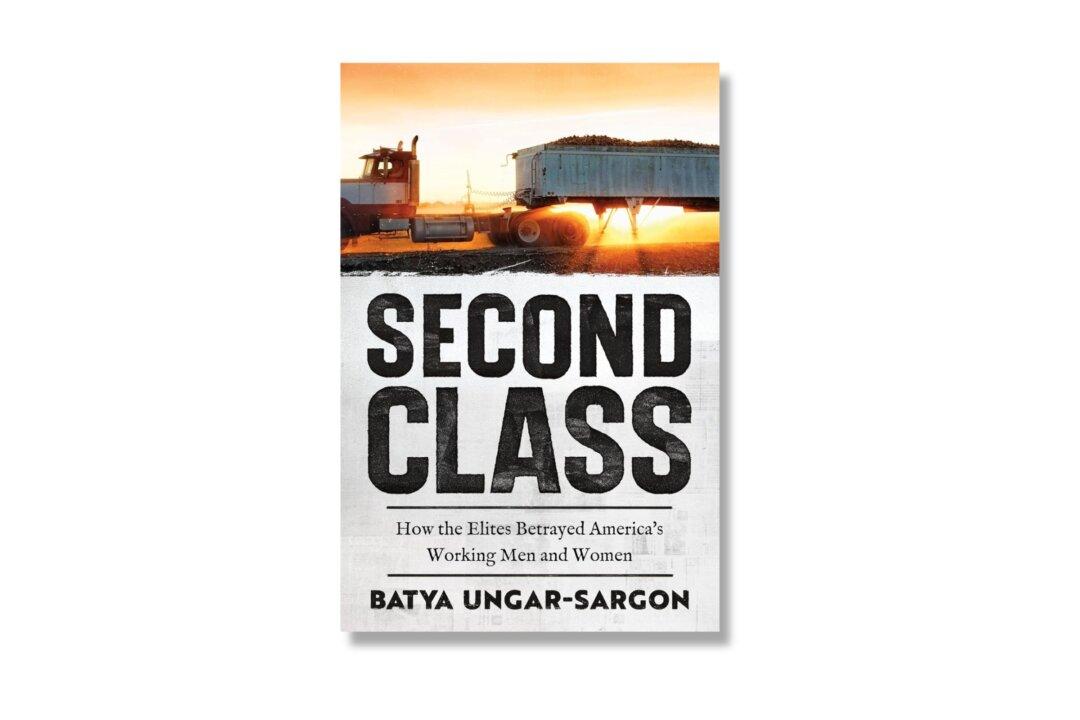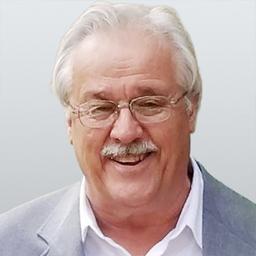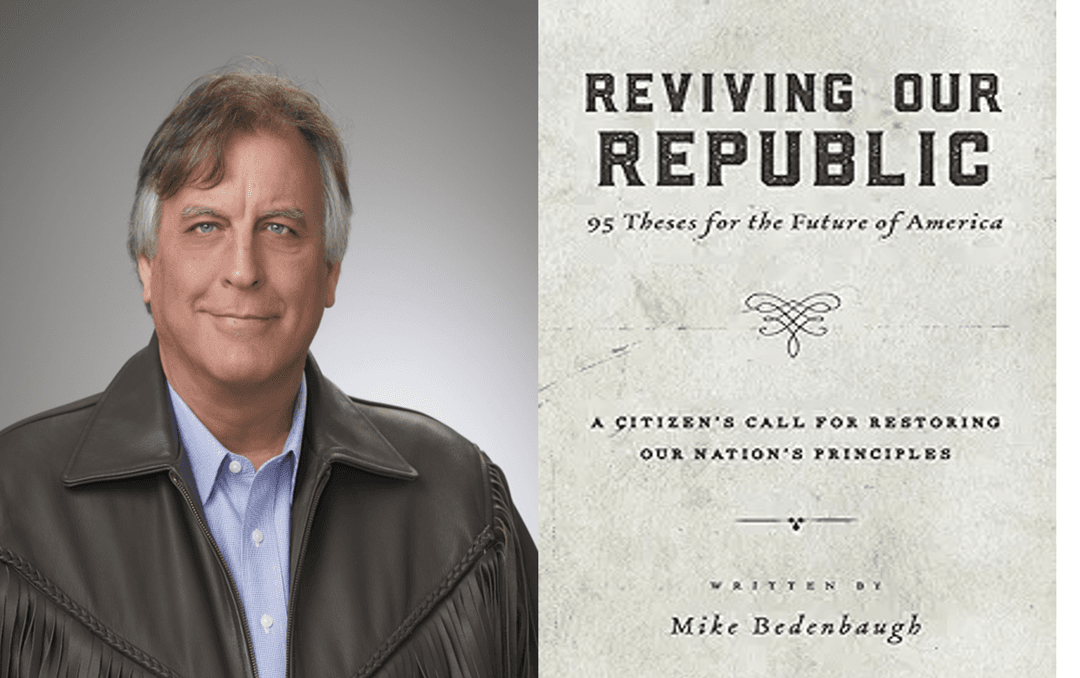The United States has long prided itself on being a classless society where anyone who works hard and plays by the rules can achieve the American Dream. Is that still true?
Today, there are fewer opportunities for workers without a college degree. Between crippling inflation and millions of illegal immigrants straining the housing and job markets, many of the working class say they are working twice as hard in order to maintain their standard of living.






